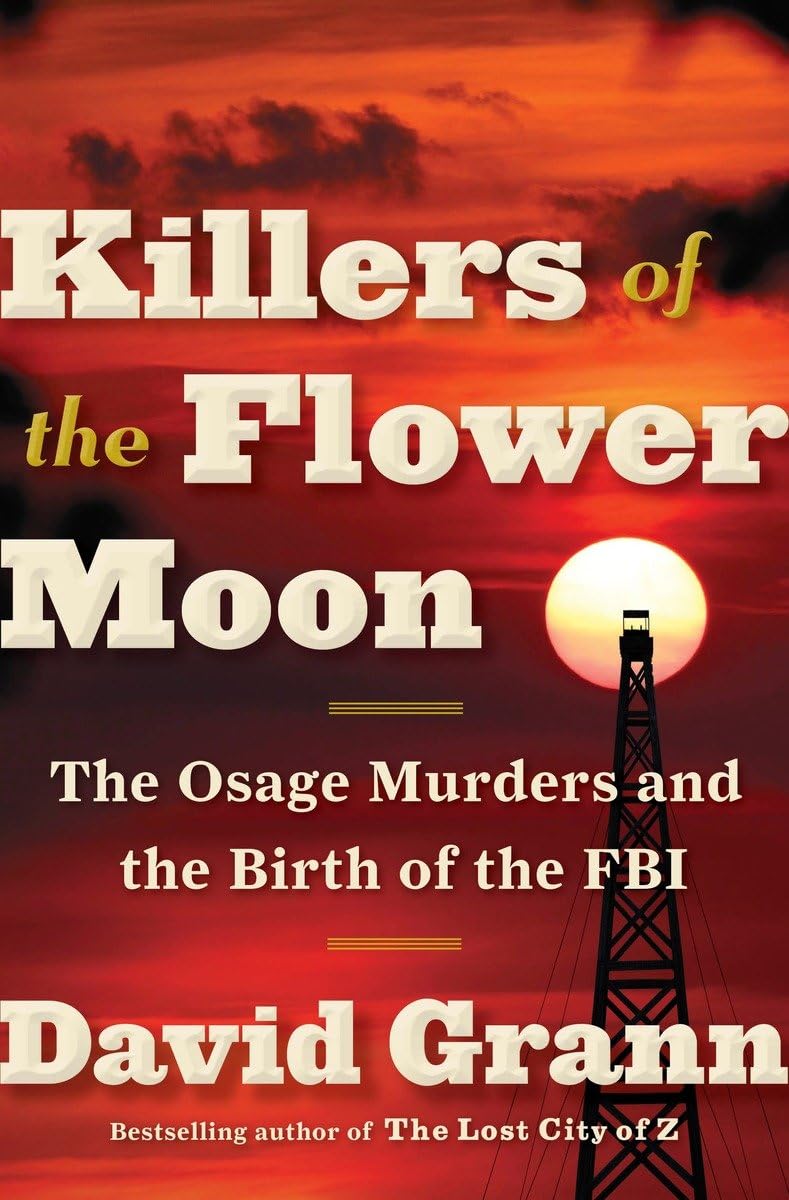Chapter 14: Dying Words
byIn September 1925, Tom White intensified his investigation into the secrets that William K. Hale and his nephews were concealing, suspecting that Bill Smith, Mollie Burkhart’s brother-in-law, had discovered something that put his life in danger. Smith’s dying words hinted at the growing conspiracy surrounding Osage oil wealth, as he believed his mother-in-law, Lizzie, had been poisoned, possibly as part of a broader scheme to eliminate Osage landowners. Before he was killed in a house explosion, Smith exhibited paranoia and distress, with a nurse later recalling how he muttered feverishly about his fears and regretted possibly revealing critical information.
Before his death, Smith had confided in his doctors, James and David Shoun, and a lawyer, potentially identifying those responsible for the Osage killings. Though they initially denied hearing anything incriminating, later evidence confirmed that Smith had named William Hale and Ernest Burkhart as his only enemies. This admission was crucial, as Hale—known as “the King of the Osage Hills”—was at the center of a vast network of corruption designed to seize control of Osage wealth through manipulation, fraud, and murder.
Further investigation revealed that the Shoun brothers were not just doctors but key players in the conspiracy, as they sought to secure control over Smith’s wife, Rita’s estate, rather than assist in bringing the criminals to justice. White’s inquiry exposed a widespread system of corruption within the guardianship program, which had been established to “protect” Osage finances but was instead being exploited by wealthy white businessmen, lawyers, and even law enforcement officials. These appointed guardians systematically embezzled millions of dollars by inflating prices, siphoning money through fraudulent deals, and outright stealing from the Osage families they were meant to protect.
A government investigation later estimated that at least $8 million had been stolen from Osage accounts before 1925, a staggering sum that underscored the institutionalized exploitation of the tribe. The corruption was not limited to the legal guardians but extended to local politicians, traders, and bankers, all of whom colluded to defraud the Osage of their rightful wealth. This network of financial and legal predators turned the “Indian business” into a fully organized criminal enterprise, where bribes, cover-ups, and targeted murders ensured that the Osage remained vulnerable while their fortunes were systematically drained.
The scale of abuse was so extensive that investigations documented horrifying cases of neglect and outright cruelty, including Osage widows being left destitute while their children starved because funds were withheld. Many Osage families were well aware that they were being robbed, but the deeply ingrained corruption made it nearly impossible to fight back, as those responsible for protecting their rights were often the ones orchestrating the theft. Guardianships were used as political rewards, granting corrupt individuals near-total control over Osage finances and ensuring that the cycle of exploitation continued without consequence.
Despite the Osage community’s growing desperation, few within the legal system had the courage or integrity to challenge the status quo, leaving White’s team as one of the only forces working to expose the full scope of the conspiracy. The investigation into Smith’s murder and Hale’s involvement was no longer just about securing justice for a single family—it had become a battle against a deeply rooted system of racial and financial oppression. White knew that dismantling Hale’s empire of greed meant facing off against some of the most powerful men in Oklahoma, all of whom had a vested interest in ensuring that the truth never came to light.
As the chapter concludes, it becomes clear that the Osage murders were not random acts of violence but part of a methodical and highly organized effort to strip a community of its wealth through deception, exploitation, and murder. The vast scale of fraud, bribery, and systematic abuse painted a haunting picture of how greed had corrupted every level of local governance, leaving the Osage to fend for themselves in a world where even their protectors were complicit in their destruction. White’s pursuit of justice was no longer just about catching murderers—it was about exposing one of the darkest chapters of American history, where an entire people were targeted for their prosperity and left defenseless in the face of unrelenting greed.


